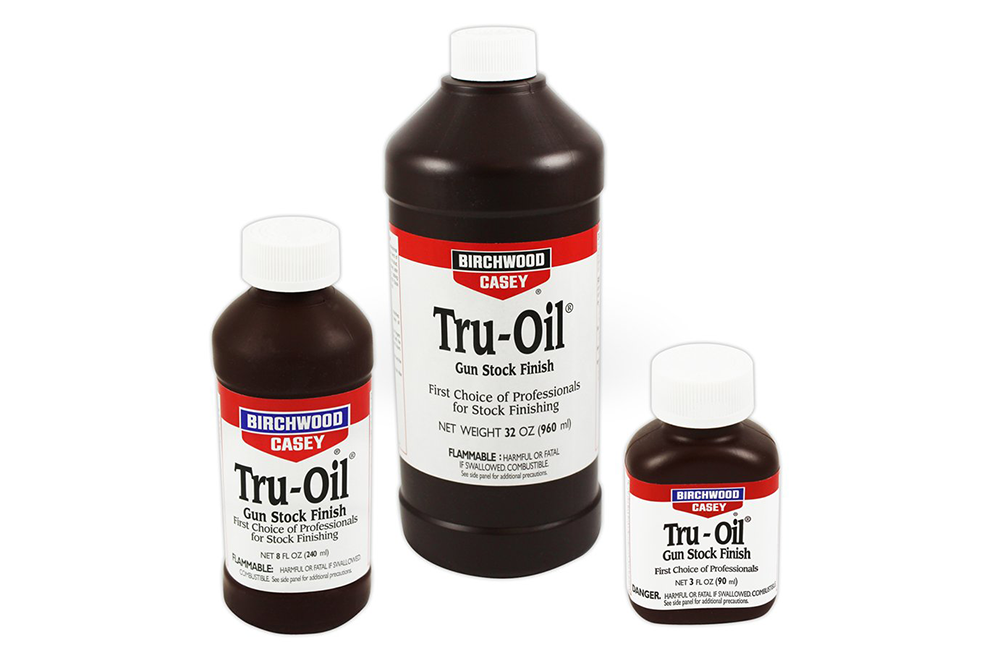Oil will not soak into the epoxy, it'll end up being a useless endeavor. If you have a power drill I'd pick up a 3-4" buffing wheel that has a spindle. Put it in the chuck and run it at low speed on full trigger (should put it around 4-500 RPM) and maybe some polishing compound (normally a bit heavy, but it might work for epoxy since it's more durable than lacquer), machine glaze, or car wax (less agressive). Should restore a nice luster to it.
I would hold the brush by the bristles or wrap them in paper and then tape for this.
You could try polishing compound with a hand pad, but you might be there an hour and your arm will be tired.
I would hold the brush by the bristles or wrap them in paper and then tape for this.
You could try polishing compound with a hand pad, but you might be there an hour and your arm will be tired.
Ok so buff it with microfiber cloth?
Would food grade mineral oil work.
I'm not wanting it glossy. What I am trying to achieve is one protecting the wood so it lasts for generations and two bringing out the beautiful natural color of the wood.



